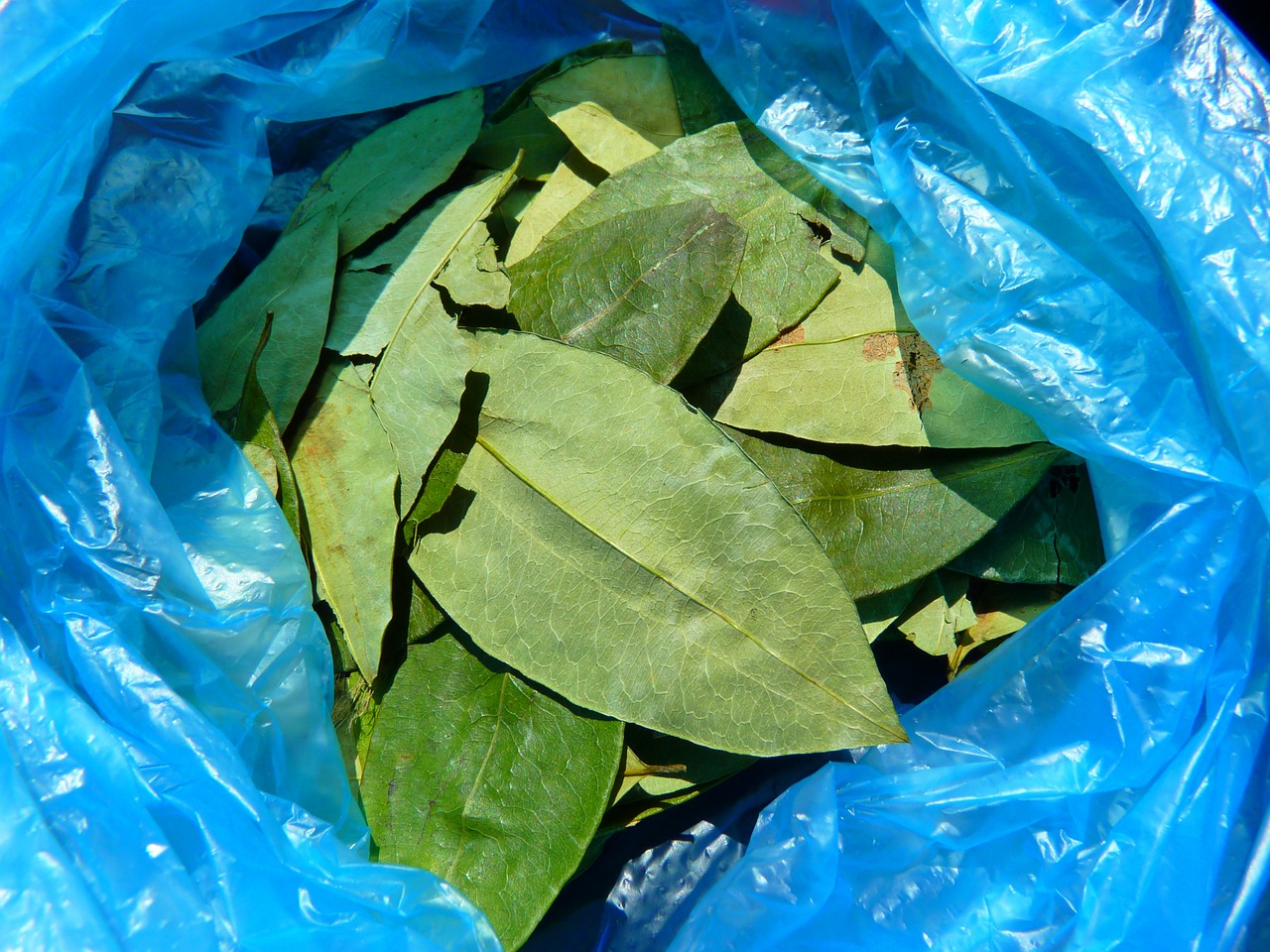In July 2016, the UNODC and the governments of Peru, Bolivia and Colombia published three separate national reports on the cultivation of coca leaves. For the first two countries the reports show a slight decrease between 2014 and 2015: 6.1 per cent for Peru (from 42,000 to 40,300 hectares) and 1 per cent in Bolivia (from 20,400 to 20,200 hectares).
However, in Colombia the report reveals a substantial increase in coca cultivation of 39 per cent, growing from 69,000 hectares in 2014 to 96,000 in 2015. Moreover, the UNODC Drug Report 2016 shows that Colombian production of coca leaf had already begun to increase between 2013 and 2014, growing by 10 per cent. Considering these increases, this could indicate the beginning of a new upward trend in coca cultivation.
In contrast, neither the United States nor Europe has registered a rise in cocaine consumption that could justify such an increase in cultivation. We therefore need to consider alternative explanations, and ask: where is all the coca going?
The UNODC Drug Report 2016 highlighted growing numbers of cocaine seizures in Asian countries, which could indicate growing demand. There is insufficient information to conclusively link the increases in Colombian cultivation to changes in Asian markets; however, it warrants further investigation. If there is an emerging cocaine market in Asia, action is required before distribution networks are established and entrenched. If Asia is not the destination, then we must ask again: where is all the coca going?
Diorella Islas
The views expressed in this article are those of the author(s) and do not necessarily reflect the views of RUSI or any other institution.


